First introduced in 1982 by the International Dance Council and now celebrated yearly on April 29th, the International Dance Day brings attention to the art of dance. It revels the universality of this art form that crosses all political, cultural and ethnic barriers and brings people together with a common language – Dance!
———————————————————————————————————————————–
“Let us read, and let us dance; these two amusements will never do any harm to the world.” – Voltaire
———————————————————————————————————————————–
To celebrate the Dance Day we invite you to browse Dance & Performance Studies series. Visit series webpage and use code DPS15 at checkout to receive 25% discount on all titles within the series (valid for the next 30 days). Grounded in ethnography, this series explores dance, music and bodily movement in cultural contexts at the juncture of history, ritual and performance in an interconnected world.
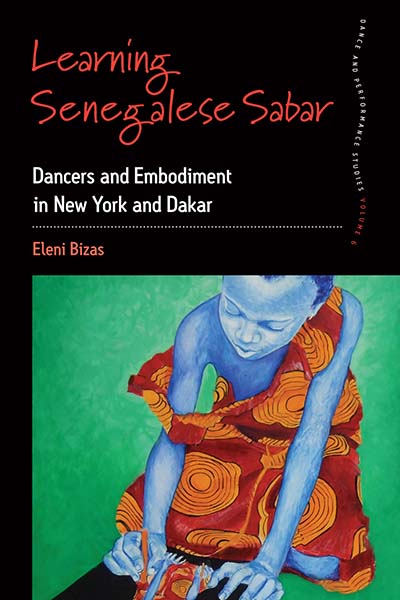
LEARNING SENEGALESE SABAR
Dancers and Embodiment in New York and Dakar
Eleni Bizas
Based on extensive ethnographic fieldwork in New York and Dakar, this book explores the Senegalese dance-rhythms Sabar from the research position of a dance student. It features a comparative analysis of the pedagogical techniques used in dance classes in New York and Dakar, which in turn shed light on different aesthetics and understandings of dance, as well as different ways of learning, in each context. Pointing to a loose network of teachers and students who travel between New York and Dakar around the practice of West African dance forms, the author discusses how this movement is maintained, what role the imagination plays in mobilizing participants and how the ‘cultural flow’ of the dances is ‘punctuated’ by national borders and socio-economic relationships. She explores the different meanings articulated around Sabar’s transatlantic movement and examines how the dance floor provides the grounds for contested understandings, socio-economic relationships and broader discourses to be re-choreographed in each setting.
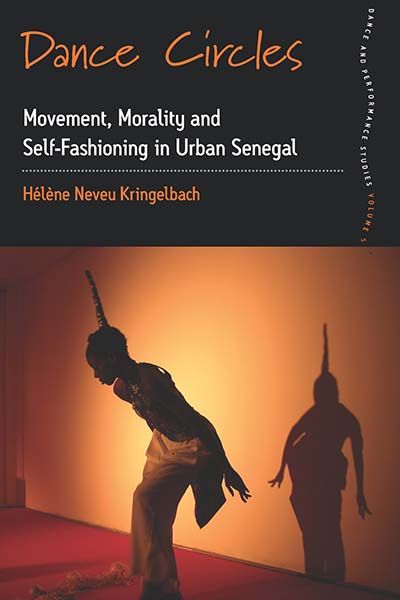 Forthcoming in Paperback!
Forthcoming in Paperback!
DANCE CIRCLES
Movement, Morality and Self-fashioning in Urban Senegal
Hélène Neveu Kringelbach
WINNER OF THE 2013 DE LA TORRE BUENO SPECIAL CITATION FOR SCHOLARSHIP IN DANCE AWARD
WINNER OF THE 2013 AMAURY TALBOT PRIZE FOR AFRICAN ANTHROPOLOGY
Senegal has played a central role in contemporary dance due to its rich performing traditions, as well as strong state patronage of the arts, first under French colonialism and later in the postcolonial era. In the 1980s, when the Senegalese economy was in decline and state fundingwithdrawn, European agencies used the performing arts as a tool in diplomacy. This had a profound impact on choreographic production and arts markets throughout Africa. In Senegal, choreographic performers have taken to contemporary dance, while continuing to engage with neo-traditional performance, regional genres like the sabar, and the popular dances they grew up with. A historically informed ethnography of creativity, agency, and the fashioning of selves through the different life stages in urban Senegal, this book explores the significance of this multiple engagement with dance in a context of economic uncertainty and rising concerns over morality in the public space.
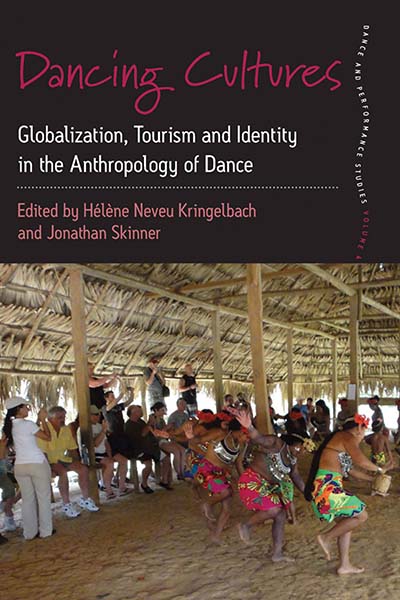
DANCING CULTURES
Globalization, Tourism and Identity in the Anthropology of Dance
Edited by Hélène Neveu Kringelbach and Jonathan Skinner
Dance is more than an aesthetic of life – dance embodies life. This is evident from the social history of jive, the marketing of trans-national ballet, ritual healing dances in Italy or folk dances performed for tourists in Mexico, Panama and Canada. Dance often captures those essential dimensions of social life that cannot be easily put into words. What are the flows and movements of dance carried by migrants and tourists? How is dance used to shape nationalist ideology? What are the connections between dance and ethnicity, gender, health, globalization and nationalism, capitalism and post-colonialism? Through innovative and wide-ranging case studies, the contributors explore the central role dance plays in culture as leisure commodity, cultural heritage, cultural aesthetic or cathartic social movement.
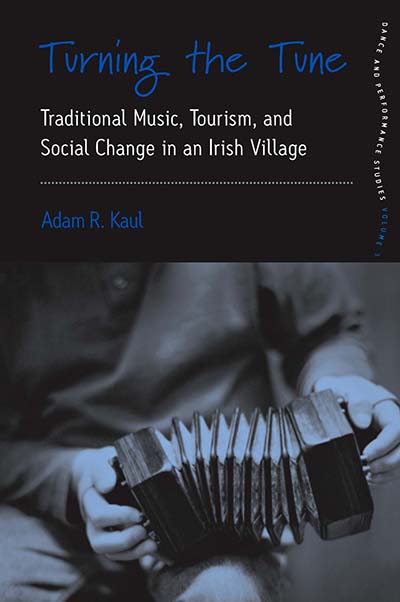 TURNING THE TUNE
TURNING THE TUNE
Traditional Music, Tourism, and Social Change in an Irish Village
Adam Kaul
The last century has seen radical social changes in Ireland, which have impacted all aspects of local life but none more so than traditional Irish music, an increasingly important identity marker both in Ireland and abroad. The author focuses on a small village in County Clare, which became a kind of pilgrimage site for those interested in experiencing traditional music. He begins by tracing its historical development from the days prior to the influx of visitors, through a period called “the Revival,” in which traditional Irish music was revitalized and transformed, to the modern period, which is dominated by tourism. A large number of incomers, locally known as “blow-ins,” have moved to the area, and the traditional Irish music is now largely performed and passed on by them. This fine-grained ethnographic study explores the commercialization of music and culture, the touristic consolidation and consumption of “place,” and offers a critique of the trope of “authenticity,” all in a setting of dramatic social change in which the movement of people is constant.
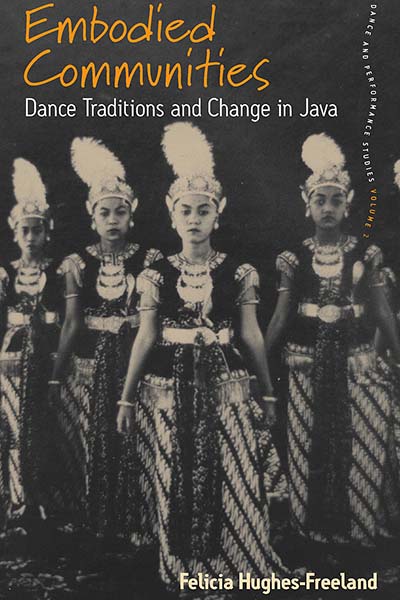 EMBODIED COMMUNITIES
EMBODIED COMMUNITIES
Dance Traditions and Change in Java
Felicia Hughes-Freeland
Court dance in Java has changed from a colonial ceremonial tradition into a national artistic classicism. Central to this general transformation has been dance’s role in personal transformation, developing appropriate forms of everyday behaviour and strengthening the powers of persuasion that come from the skillful manipulation of both physical and verbal forms of politeness. This account of dance’s significance in performance and in everyday life draws on extensive research, including dance training in Java, and builds on how practitioners interpret and explain the repertoire. The Javanese case is contextualized in relation to social values, religion, philosophy, and commoditization arising from tourism. It also raises fundamental questions about the theorization of culture, society and the body during a period of radical change.
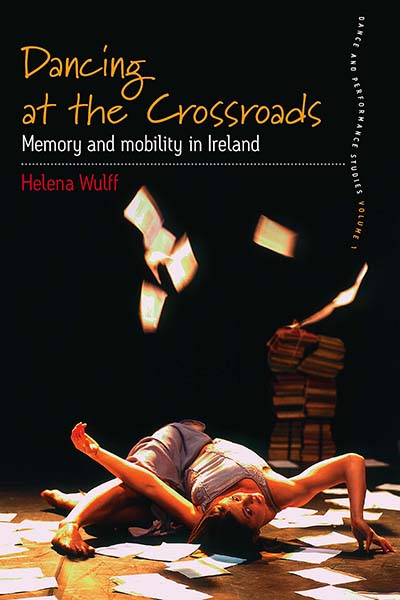 DANCING AT THE CROSSROADS
DANCING AT THE CROSSROADS
Memory and Mobility in Ireland
Helena Wulff
Dancing at the crossroads used to be young people’s opportunity to meet and enjoy themselves on mild summer evenings in the countryside in Ireland until this practice was banned by law, the Public Dance Halls Act in 1935. Now a key metaphor in Irish cultural and political life, “dancing at the crossroads” also crystallizes the argument of this book: Irish dance, from Riverdance (the commercial show) and competitive dancing to dance theatre, conveys that Ireland is to be found in a crossroads situation with a firm base in a distinctly Irish tradition which is also becoming a prominent part of European modernity.
